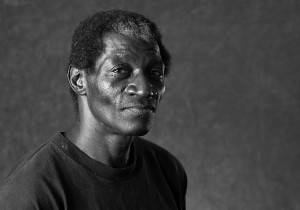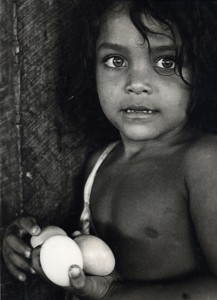
Time to Serve Those Who Served
The Justa Center in Phoenix Arizona helps homeless senior citizens get vital documents, a source of income – whether it is employment, social security, etc, and a safe place to live. About a year ago they asked me to do a video about homeless senior veterans. The result was this multimedia documentary which premiered at the fundraiser Bets for Vets November 2011.
There were several challenges to this documentary. The obvious one was tracking down people who live at no fixed place, with no phone or other means of contact. Another challenge was documenting their environment, a dangerous area known as “the zone,” the combat zone. Another formidable challenge was getting people who would permit photographs and interviews. Most people are not proud of this time in their life when they are reduced to living on the streets.
Fortunately I was often able to arrange meetings at the Justa Center. Several former combat vets gave me tours of “the zone.” They watched my back as I shot pictures. As for getting permissions, people were so grateful that the Justa Center helped them get back on their feet, that they agreed readily to portraits and interviews. Not only that, many people opened up about their lives in ways that humbled me.
Post production also presented challenges. As always, I was looking for good, legal music. Songwriter Chris Lux gave me permission to record him singing his original song, “Cadillac Street.”
The most important challenge was time, or lack of it. So many veterans were incredibly forthright as they described their military service, their struggles upon coming home, and their reasons for finding themselves homeless, including ptsd, hospitalizations, addictions, and the recession. It was painful to cut out many moving stories in the interest of keeping a shorter piece.
My goal is to edit short audio portraits where more of these courageous veterans can come forward with their stories.
Credits:
“Cadillac Street” written and performed by Chris Lux
Photos: Laird Brown, Pam Taylor
Video: Walt Carr, US Navy Reserve; Pam Taylor
Advisors:
Malcolm Burns, US Marine Corps, Vietnam
John McNamee, US Navy, Iraq
Eduard Uzumeckis, PhD, US Army, Vietnam


